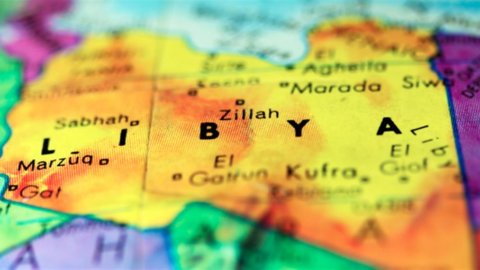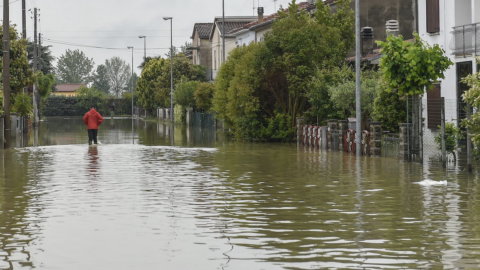The recent Country Risk Index 2013 dedicated to Libya, published by SACE, underlines how, after the collapse of economic output in 2011 (-62%) following the civil war, the Libyan economy is recovering (+92,1% in 2012), although it still remains too tied to developments in the oil and derivatives sector (50% of GDP), where however good opportunities remain, in particular as regards the development of renewable sources. The need to modernize the infrastructural network presents further possibilities for activity, despite the possible delays related to the approval of investment projects by the Libyan authorities. The medium-term prospects therefore depend on the success of the political stabilization process, while in the long term it is necessary to diversify not only the country's productive structure, but also the entire financial sector, still characterized by its small size and inadequate governance. SACE does not foresee any significant acceleration in governance activity following the recent election of Sahmain: hence the implementation of the necessary reforms and investment projects for the development of the country are affected by the interim nature of the local authorities. Pending institutional consolidation, politicians seem reluctant to undertake medium-long term policies. The next presidential and parliamentary elections scheduled for the end of this year will take place following the drafting of the new constitutional text, the drafting commission for which has yet to be elected. Not even a significant improvement in terms of security and control over the territory is expected: Libyan authorities continue to face difficulties in disarming militias and integrating them into the national security forces.
In this context the current account balance in 2012 returned to registering a positive trade balancelargely due to crude oil exports. Imports should signal a good recovery over the next five years, thanks to the strengthening domestic demand and state reconstruction spending. Foreign exchange reserves remain very large, thus allowing the Central Bank to defend the Libyan dinar.
Excluding the oil and derivatives sector, Italy is the third European country in terms of investments in the country. Before the civil war that broke out in 2011, there were about a hundred Italian companies, mainly associated with the oil, infrastructure, mechanical, capital goods and construction sectors. During 2012, Italian exports to the country quadrupled, returning to previous levels and settling at 2,4 billion euro: these flows mainly consist of refined energy products (56%) and mechanical engineering (9,5%). The same trend also for imports from Libya, increased by 224%, for a value of 12,9 billion.





